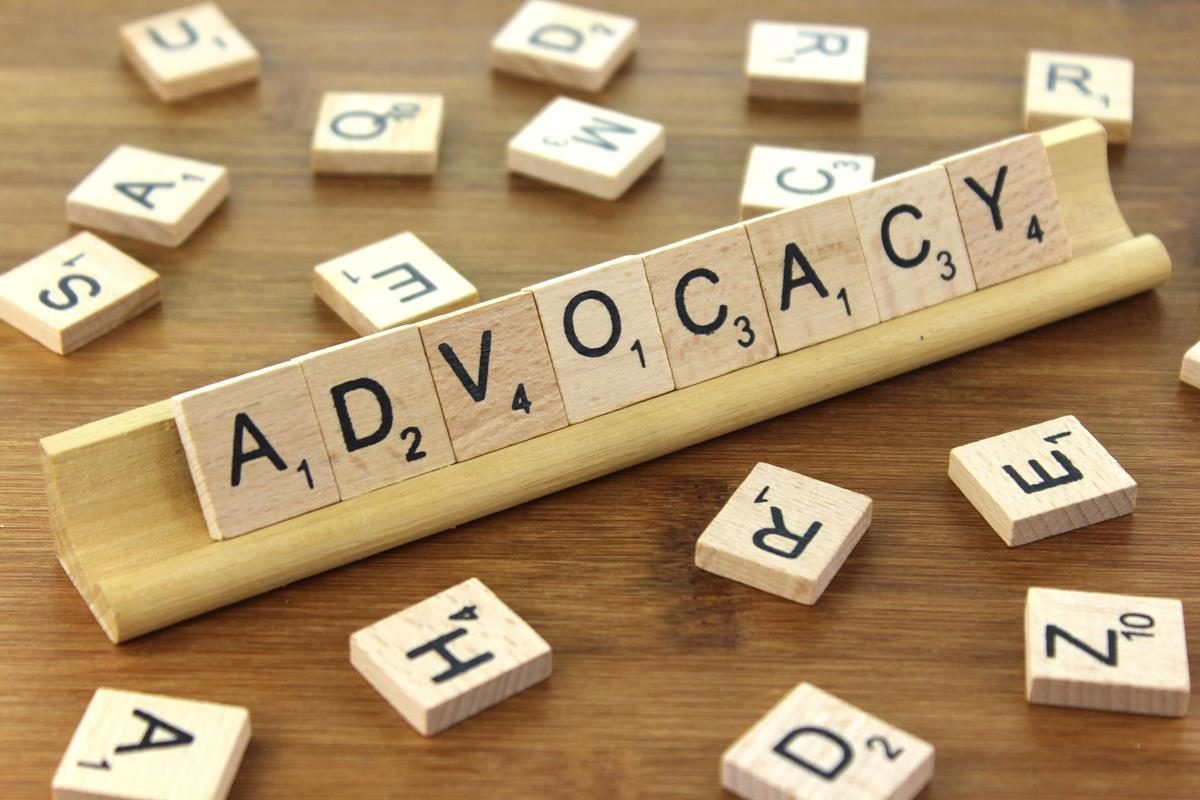I’ve been doing issues advocacy work for 17 years. And every year–I mean every single one–when our family gets together for the holidays I get the same question:
“What is it that you do, exactly?”
This usually starts me off on a lengthy explanation that includes everything but an answer. Like any other communications challenge, the more you say, the worse it usually is. So it’s been for me.
But I’m determined to finally provide a good answer this year. So I’m starting about a month ahead of Thanksgiving figuring out exactly what I’m going to say.
And I’m laying down the gauntlet for myself: I want the answer to be one sentence.
Here was my starting point:
I get elected officials to support issues important to my clients.
There’s a lot to like to like with this answer. It’s jargon-free. There’s no fancy-pants industry speak that will get me blank stares. It’s short and to-the-point.
But, still, there are problems that I can’t ignore. The biggest is that it ignores the nuances of the job:
- We influence other groups beyond just elected officials.
- More importantly, it doesn’t address how we go about generating the support. To me, that’s the essence of our job. Isn’t the answer to the “how” question the basis of every strategy we create? That’s where the magic happens.
Though this answer will get me some head nods–and it should be all about my audience–I’m taking the challenge to add more to it without losing the simplicity. So I made some refinements:
I use personal relationships to earn decision makers’ trust and motivate them to support my client’s issues.
This is a bit clunky, I’ll admit. But there’s more to like here:
It focuses on the importance of relationships. Relationships are the currency of the advocacy world. Period. The more you have (or can create) to deploy for a decision maker, the better your chances of influencing that decision maker. Even more than money, this is the number one predictor of campaign success or failure.
We engage with lots of complex organizations. The “decision maker” label will throw my parents for a loop, but we regularly deal with homeowner’s associations, zoning boards, etc., that don’t include elected officials. Dealing with these organizations adds significant complexity to what we do.
Trust is the foundation. I use trust as a bit of a loaded word (not that my parents would notice, but still). The whole point of communicating about an issue through personal relationships is so that the trust the decision maker has for that person is projected on to the issue. But there’s more. The decision maker needs to trust that this advocate won’t go away. They need to understand the advocate will continue to follow-up and will take note if things don’t go their way. More bluntly: the decision maker needs to know there is going to be a political price to pay for not voting the advocate’s way.
We motivate support. Most of the issues I’ve worked on in my career have involved making some kind of change. In the political world, change = risk. It’s much easier to leave things as they are. So, it requires near constant care and feeding to encourage a decision maker to support changing the status quo. Creating that motivation is what takes most of my time.
Despite its clunkiness, this answer still relatively jargon-free and includes the important nuances (maybe even some conversation starters!).
But I’m starting a month early so I’ve got plenty of time to tap into the wisdom of the crowd.
Let me know how you’d change this at mike@relateadvocacy.com. I’ll collect the feedback and update this post accordingly.


